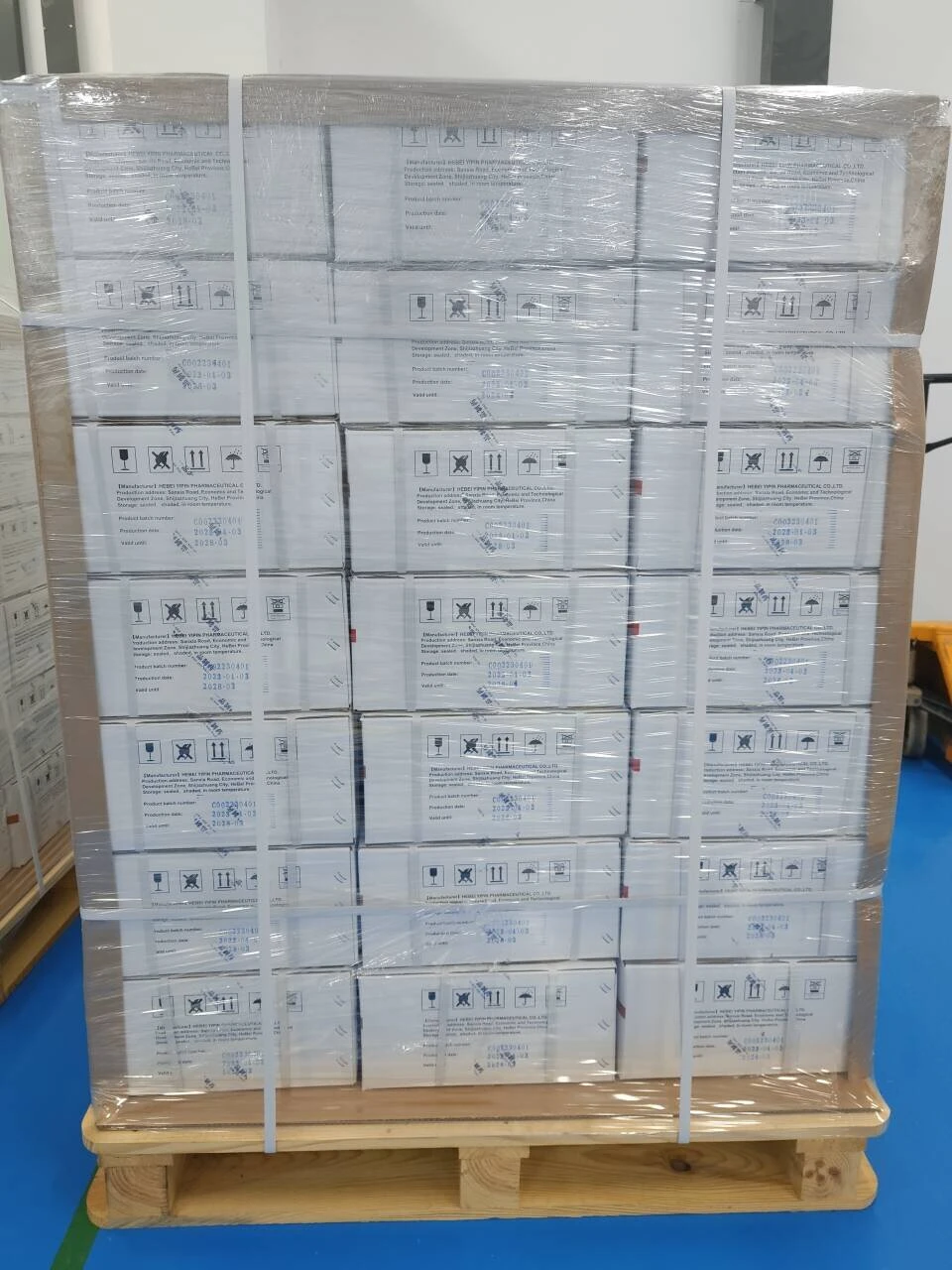Exploring the Concept of PPQ and Q10 in Pharmaceutical Quality
In the pharmaceutical industry, maintaining the highest standards of quality is paramount. Among various methodologies and frameworks employed to ensure that products consistently meet quality specifications, the concepts of Process Performance Qualification (PPQ) and the Q10 guidelines play an essential role. This article delves into these concepts, shedding light on their significance, implementation, and the impact they have on pharmaceutical manufacturing.
Understanding PPQ (Process Performance Qualification)
Process Performance Qualification is a crucial component of the overall validation process in pharmaceuticals. PPQ is primarily concerned with confirming that a manufacturing process operates within a specified range of parameters and consistently produces products that meet predetermined quality standards. It is typically conducted after installation qualification (IQ) and operational qualification (OQ) phases have been completed.
The PPQ phase is designed to simulate the actual manufacturing conditions under which the product will be produced. This phase involves a comprehensive assessment that includes evaluating process variables, product attributes, and environmental conditions. The goal is to ensure that the manufacturing process is robust and that it can effectively control critical quality attributes (CQAs) of the product.
.
Q10 Guidelines A Framework for Quality Systems
ppq q10

The Q10 guidelines, developed by the International Council for Harmonisation (ICH), provide a comprehensive framework for pharmaceutical quality systems. These guidelines aim to promote a systematic approach to achieving and maintaining high-quality standards throughout the product lifecycle. Q10 encompasses various aspects of pharmaceutical manufacturing, including management responsibilities, quality management systems, and risk management.
One of the key elements of Q10 is its emphasis on process understanding and control. It encourages companies to implement robust quality systems that not only ensure compliance with regulatory requirements but also foster a culture of continuous improvement. The Q10 guidelines advocate for a lifecycle approach to quality, where quality considerations are integrated into every stage of the product development process—from initial research and development through to commercial manufacturing and post-market activities.
Q10 also highlights the importance of collaboration across different functions within an organization. Effective communication and teamwork between departments such as quality assurance, manufacturing, and regulatory affairs are vital to achieving and maintaining high-quality standards. Additionally, Q10 promotes the use of risk management tools to identify, assess, and mitigate potential quality risks throughout the product lifecycle.
The Impact of PPQ and Q10 on Pharmaceutical Quality
The implementation of PPQ and adherence to Q10 guidelines significantly enhance the overall quality of pharmaceutical products. By systematically qualifying processes and maintaining robust quality systems, pharmaceutical companies can ensure that their products are safe, effective, and of high quality. This not only helps in meeting regulatory requirements but also builds trust with healthcare professionals and patients.
Moreover, the integration of these concepts leads to more efficient manufacturing processes. By identifying and mitigating risks early in the manufacturing process, companies can reduce the likelihood of product recalls and other quality-related issues. This proactive approach fosters a culture of quality within organizations, leading to improved operational performance and customer satisfaction.
In conclusion, PPQ and Q10 are integral components of a comprehensive quality management system in the pharmaceutical industry. By focusing on process performance qualification and adhering to the Q10 guidelines, companies can ensure the consistent delivery of high-quality pharmaceutical products that meet the needs of patients and regulatory authorities alike. The commitment to quality not only benefits manufacturers but also enhances public health outcomes in a global context.

